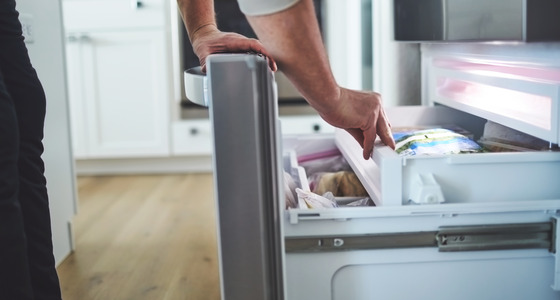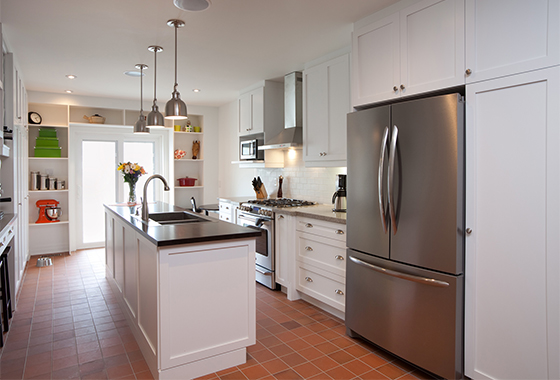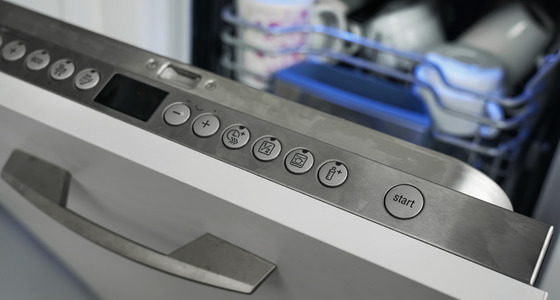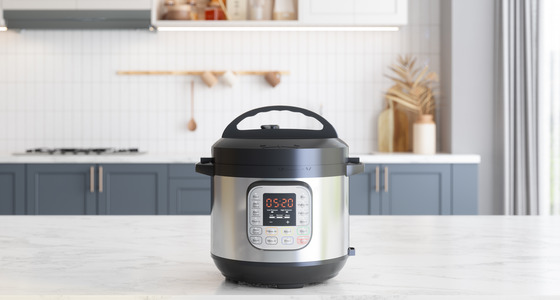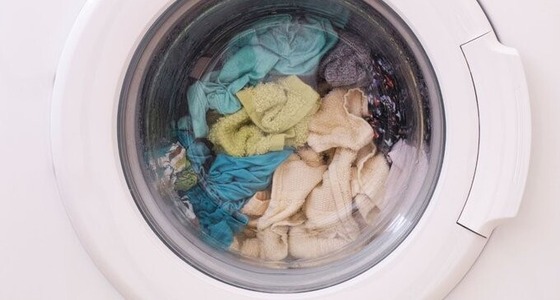Place a piece of paper between the door and the refrigerator as you close it. If you can move the paper freely in the door, the fridge is not sealed tightly.
You can also place a flashlight inside the fridge or freezer and turn it on, then close the door. If you can see light around the door gasket, it’s not sealing properly.
